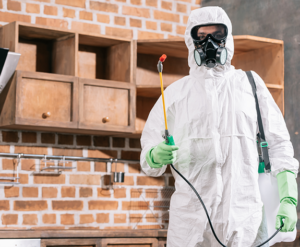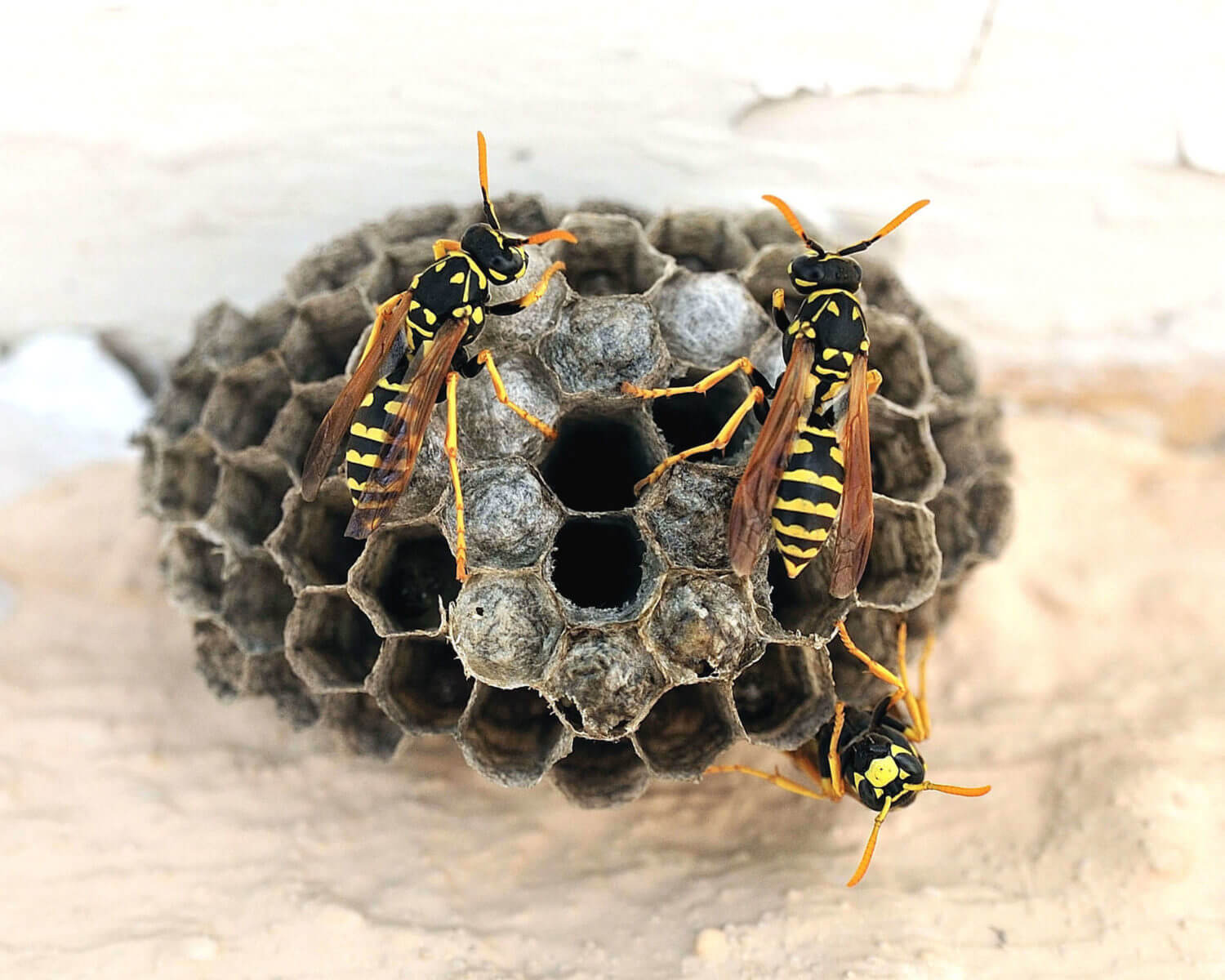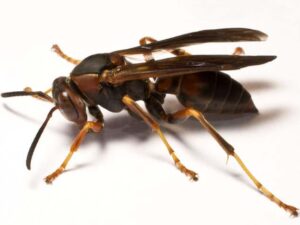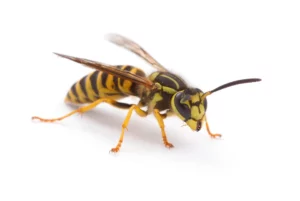Wasps are a common pest in the UK, and they can be a nuisance and a danger. Wasps can sting, and their stings can be painful and even dangerous for people with allergies. Wasps can also damage property, and they can contaminate food.
If you have a wasp problem, it’s important to get rid of them as soon as possible. This article will discuss how to identify, locate, and eliminate a wasp nest, as well as how to prevent wasps from coming back.
Introduction
Wasps are social insects that live in colonies. They are predators and feed on insects, spiders, and other small animals. Wasps are also pollinators and help to pollinate flowers. However, wasps can also be a nuisance and a danger, especially if they have a nest near your home.
If you have a wasp problem, it’s important to get rid of them as soon as possible. Here are some tips on how to get rid of wasps:
Identify the type of wasp. There are many different types of wasps, and some of them are more aggressive than others. It’s important to identify the type of wasp you have so that you can choose the best method of removal.
- European hornet: These wasps are large and black with yellow markings. They are very aggressive and can deliver a painful sting.
- Paper wasps: These wasps are smaller than hornets and have brown bodies with yellow markings. They are less aggressive than hornets, but they can still sting.
- Yellow jackets: These wasps are yellow and black. They are very aggressive and can deliver a painful sting
Locate the nest: Once you know the type of wasp you have, you need to locate the nest. Wasp nests can be found in a variety of places, including:
- Trees
- Shrubs
- Eaves
- Walls
- Attics
- Basements
If you can’t find the nest yourself, you may need to call a professional pest control company to help you locate it.
Eliminating the Wasp Nest
Once you have located the nest, you need to eliminate it. There are a variety of ways to eliminate a wasp nest, including:
Calling a professional pest control company: This is the best option for most people, as professionals will have the experience and equipment to safely and effectively remove the nest.

- Using a wasp spray: Wasp sprays can be effective at killing wasps, but they can be dangerous to use if you are not careful. It is important to read the instructions carefully and to wear protective gear when using a wasp spray.
- Destroying the nest with a broom or shovel: This is a risky option, as it can anger the wasps and make them more likely to sting. It is only recommended for people who are confident in their ability to do it safely.
Preventing Wasps from Coming Back
Once you have eliminated the nest, you need to take steps to prevent wasps from coming back. This includes:
- Sealing up any cracks or holes in your home: Wasps can enter your home through small cracks and holes. Sealing up these openings will help to prevent wasps from getting inside.
- Removing food sources from your yard: Wasps are attracted to food, so it is important to remove any food sources from your yard. This includes pet food, garbage, and fallen fruit.
- Avoiding wearing bright colors when you are outside: Wasps are attracted to bright colors, so it is best to avoid wearing bright colors when you are outside.
Additional Tips
- If you are allergic to bees or wasps, it is important to wear protective gear when removing a wasp nest. This includes gloves, a long-sleeved shirt, and pants.
- If you are pregnant or have young children, it is best to call a professional pest control company to remove a wasp nest.
- Do not attempt to remove a wasp nest if it is located in a difficult-to-reach area, such as inside a wall or attic.
- If you are stung by a wasp, it is important to remove the stinger as soon as possible. Apply a cold compress to the area and seek medical attention if you experience any allergic reactions.





Leave a Reply